 Today, social is taking over the world. However, there is a problem, some companies have trouble getting sharing right. Some startups define sharing as a “Like” button, but others have decided “social” is sharing everything. This is not “social,” this is annoying. At this point distraction sets in and users are overwhelmed by the amount of information shared. But there is a light at the end of the tunnel, people want social applications and websites, but they don’t want to be overwhelmed. It is possible to create good experiences through Twitter, Facebook, and even Google+ so long as it is done without distracting, annoying, or underwhelming to the user.
Today, social is taking over the world. However, there is a problem, some companies have trouble getting sharing right. Some startups define sharing as a “Like” button, but others have decided “social” is sharing everything. This is not “social,” this is annoying. At this point distraction sets in and users are overwhelmed by the amount of information shared. But there is a light at the end of the tunnel, people want social applications and websites, but they don’t want to be overwhelmed. It is possible to create good experiences through Twitter, Facebook, and even Google+ so long as it is done without distracting, annoying, or underwhelming to the user.
Social is not an easy thing to “get” and having several tries before it sticks is not unusual for a startup. Social is not about the “Like” button at the bottom of a webpage, it is not whether Twitter is better or not than Facebook. Social is about sharing and connecting with other people to create a better experience. People have said that social does not benefit technology and human connections, but that is debatable. Although few have done it, it is possible to build good social experiences.
Sharing is not by necessity a bad thing, it can be done correctly, in an unobtrusive manner, and truly enhance relationships and connections. “Getting” social is not easy and is hard to do, but when done correctly it can enhance user engagement and lead to very fun, exciting connections. To do social correctly, the first rule is to not annoy the user. If the user is too distracted or becomes confused and overwhelmed by the amount of information shown, it is not likely they will enjoy the experience. For example, imagine a book or movie where unnecessary information, characters, and dialogue is introduced (such as Lord of the Rings). The story can become convoluted and unpleasant, even distracting. Sharing can be helpful, even enlightening. When the information is displayed is relevant and wanted by the user, a social element is very useful. However, this is not always the case, for example some sites display a “Like” button. This is useful if you want to receive updates on Facebook for the site, but below the “Like” button lie ten profile pictures of random people who have liked the page, with some preference being given to friends. Seeing ten strangers’ face on a page is not “social,” it is distracting and does not benefit the experience of the site. Social experiences can also be valuable if they are done with privacy that is understandable to the user. People naturally do not share everything with everyone. In face to face conversation it is simple to tell who you are sharing the conversation with. However, online it becomes much harder to tell who you are sharing with. Some services, such as Twitter, have done this by sharing everything with everyone, thus having no privacy concerns. Others like Facebook and Google+ have made friend lists and circles, so you can share with only a certain group of people. This approach is confusing because you do not always know what people are in a certain group. In any case, social can be done well, despite what some people may say.
Social websites and apps are not without their detractors, as Andrew Keen writes for Wired UK, “The truth is that we aren’t naturally social beings. Instead, as [the artist] Vermeer reminds us in [the painting] The Woman in Blue, human happiness is really about being left alone.” Keen says that social networks are by its very nature anti-privacy and therefore we sacrifice a fundamental part of our humanity. However, he fails to mention that although we feel the need to be left alone, we also feel the basic need to share with others. It used to happen around campfires, people would share stories, tell others how the day’s hunt had gone and, on occasion, perhaps a member of another village would describe events at his home village. The need to share is in our DNA just as much as our need to be alone. As Laura June from The Verge says, “We need to be alone, and we need to share. But those things — sharing and being alone — can almost never happen simultaneously. Nor should they.” I would add that the only time you share while being alone is when you are talking to yourself. Not all types of sharing are useful. Facebook announced last Thursday at F8 that they would replace the current sharing dialogues with “frictionless sharing.” This is means that when before the change you would be prompted to share a song or news story, now it will be posted to your Timeline instantly. While this seems neat in some ways, it creates more friction, a new friction, “brain friction” so to speak. Instead of friction between your finger and trackpad every time you would post something to the social network, you will instead have brain friction, a nagging feeling in your head of whether you really want this song posted to your Timeline. As I said before, people want to share, but they also sometimes want to keep things private. There can be a happy medium between the two.
This war will determine the future of technology, and personal privacy. As one person or even a group of people it is nearly impossible to do anything about it because this war is being fought by several large, monolithic companies. It is not necessarily an unhealthy war either. Social can be done well and it can add to the user experience. The key thing to remember is why a company is adding social features. If it is doing it to make more money it almost certainly fail. If it is doing it primarily for the benefit of the user then it has potential to take off. The world’s best companies had vision, no money, and were not trying to make any, and when it came time to make money they did so without sacrificing the user experience.
(Image Credit: Paul Butler)
 This is the hardest thing I have ever written in my life. Today Steve Jobs has passed away. What follows is the statement from Apple, the company he started from his garage.
This is the hardest thing I have ever written in my life. Today Steve Jobs has passed away. What follows is the statement from Apple, the company he started from his garage.
 In possibly one of the most well-executed and well-needed redesigns I have seen this year Posterous has relaunched their sites and groups product under the new name, “Posterous Spaces.” Last month I read an
In possibly one of the most well-executed and well-needed redesigns I have seen this year Posterous has relaunched their sites and groups product under the new name, “Posterous Spaces.” Last month I read an 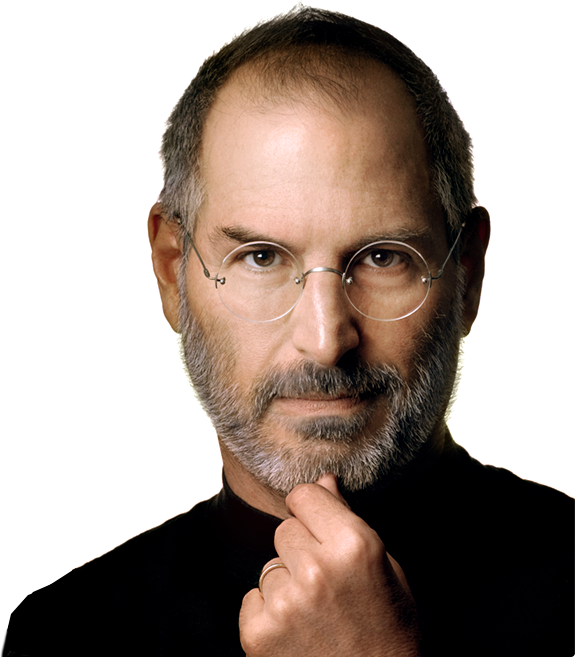
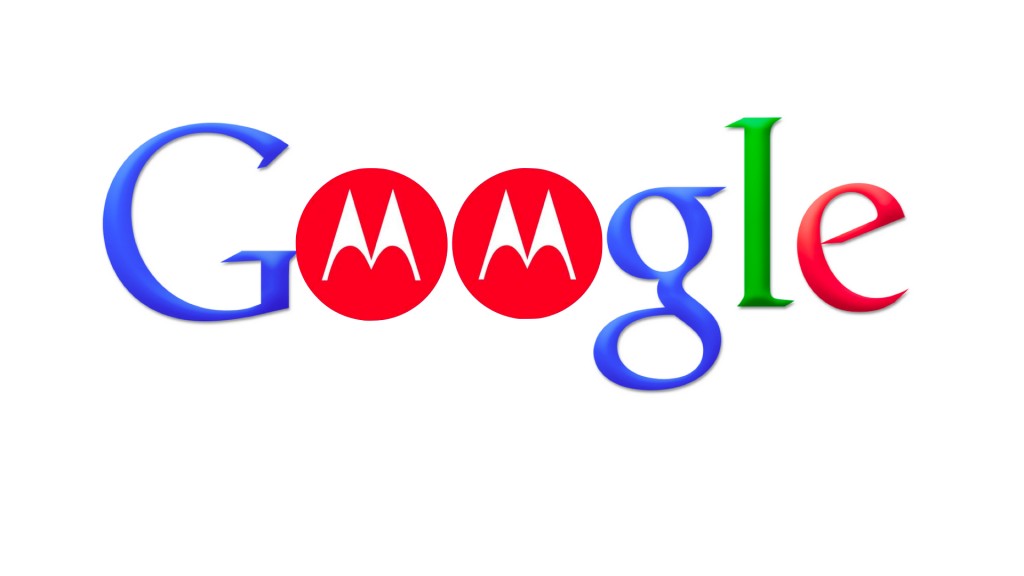
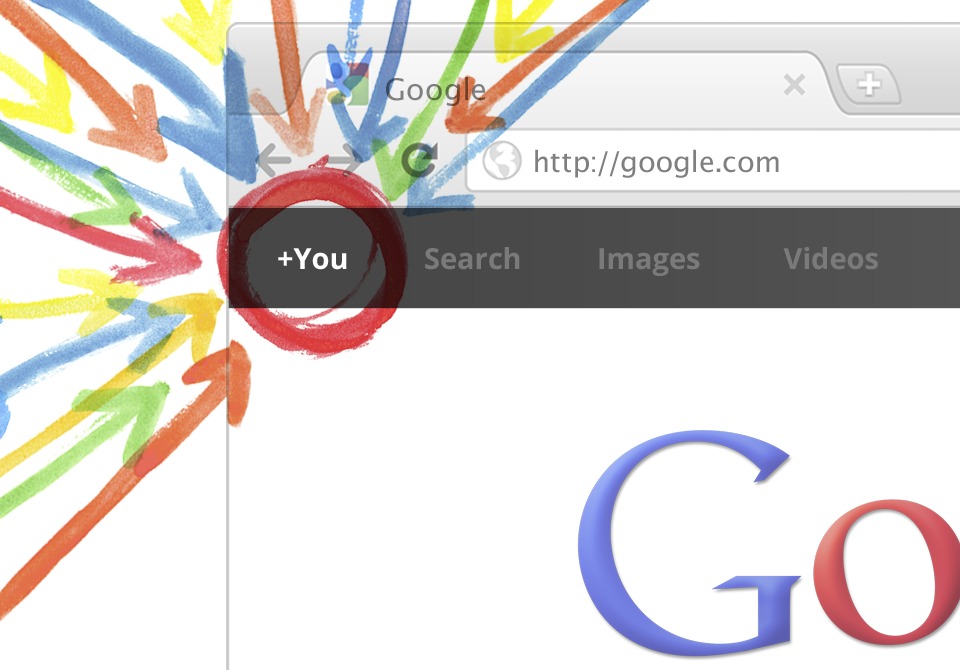 Thanks to
Thanks to 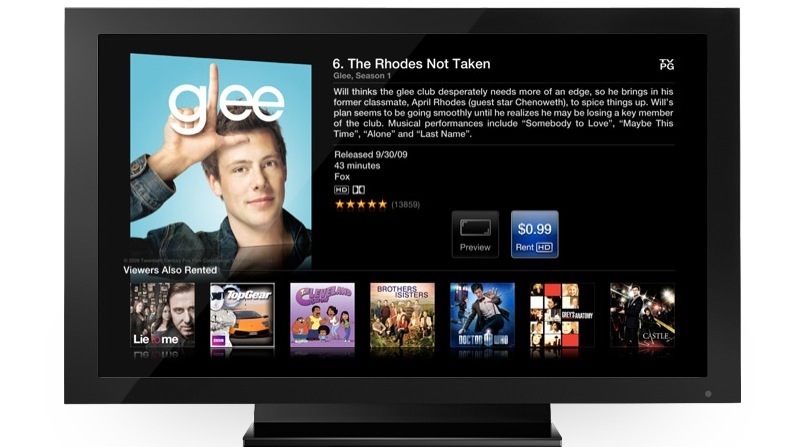
 After using Lion for about a week now, I can say with confidence that it has changed the way I use my Mac. Swiping between full-screen apps and desktops feels like the future. Gestures, which I don’t think are too complicated by the way, add to the feeling that everything is front of you is very real. But this is not a review. Apple made a move I want to make very clear. The Mac no longer comes first for Apple. iOS has had multi-touch gestures, full screen apps and an App Store far before the Mac, and this is just the start. The iPod Touch and the iPhone both got Retina Displays before the Macs will. (Support for Retina Display quality graphics were found in Lion.) Apple will of course continue bringing iOS features to the Mac and the Mac will continue to be a revenue source for Apple, but it is no longer their main priority. When was the last time you saw a Mac ad on TV? How about an iPad ad? Also, remember the quote that got all the press back at WWDC? “We’re living in a post-PC world.” Scott Forstall said that. The Mac is a PC, but of course Scott would have never said that. Imagine, “We are living in a post-Mac world.” just after the OS X Lion announcement?
After using Lion for about a week now, I can say with confidence that it has changed the way I use my Mac. Swiping between full-screen apps and desktops feels like the future. Gestures, which I don’t think are too complicated by the way, add to the feeling that everything is front of you is very real. But this is not a review. Apple made a move I want to make very clear. The Mac no longer comes first for Apple. iOS has had multi-touch gestures, full screen apps and an App Store far before the Mac, and this is just the start. The iPod Touch and the iPhone both got Retina Displays before the Macs will. (Support for Retina Display quality graphics were found in Lion.) Apple will of course continue bringing iOS features to the Mac and the Mac will continue to be a revenue source for Apple, but it is no longer their main priority. When was the last time you saw a Mac ad on TV? How about an iPad ad? Also, remember the quote that got all the press back at WWDC? “We’re living in a post-PC world.” Scott Forstall said that. The Mac is a PC, but of course Scott would have never said that. Imagine, “We are living in a post-Mac world.” just after the OS X Lion announcement?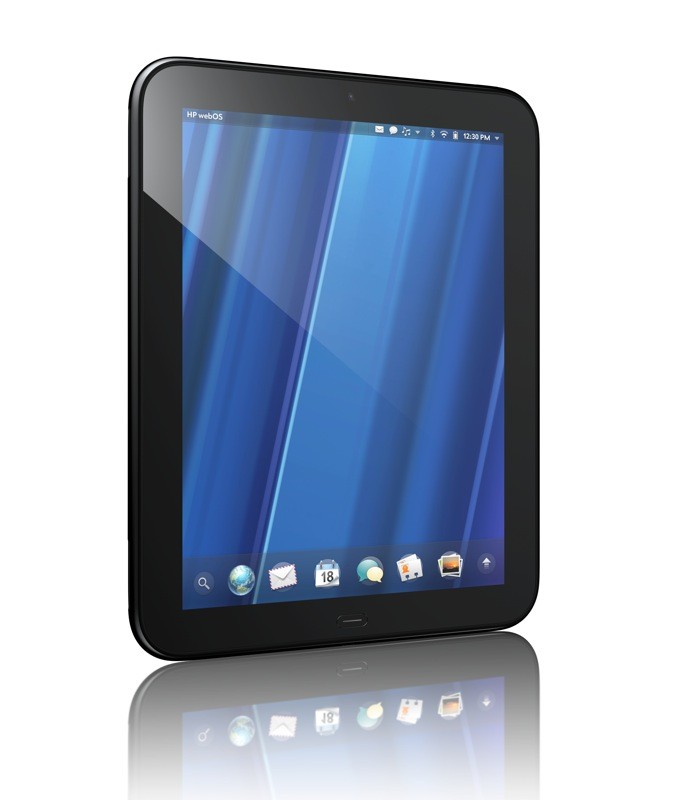 The HP TouchPad was reviewed on several sites last week. And one thing rang clear: the TouchPad’s software, and to some extent, hardware were half-baked. The OS, webOS, was laggy and some important features, such as threaded emails, were missing. This sounds familiar. A couple of weeks ago Apple released Final Cut Pro X (say ten). The software, although not laggy was missing some important
The HP TouchPad was reviewed on several sites last week. And one thing rang clear: the TouchPad’s software, and to some extent, hardware were half-baked. The OS, webOS, was laggy and some important features, such as threaded emails, were missing. This sounds familiar. A couple of weeks ago Apple released Final Cut Pro X (say ten). The software, although not laggy was missing some important